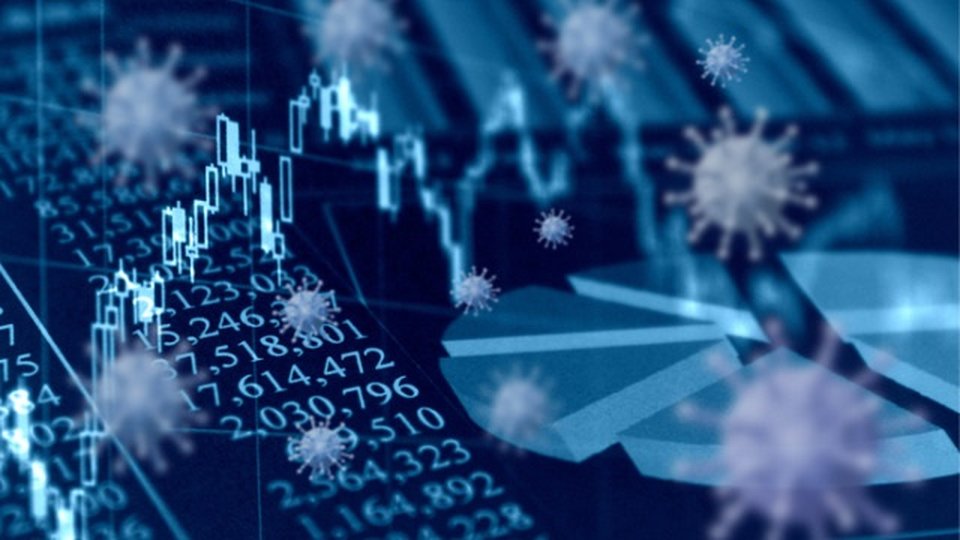Marketing
How data is powering a retail evolution during the COVID-19 pandemic and beyond
John Kavulich, VP, IoT Solution Sales, Acuity Brands Lighting, Inc. explains why the most successful retailers will be those with an actionable data strategy to enhance the safety of guests and to provide a world-class, personalized shopping experience.

June 12, 2020 by John Kavulich — Vice President, IoT Solution Sales, Acuity Brands
Data collection in retail has come a long way since manual review of paper sales receipts. Now, retailers have a wealth of data collection and analytics technology options for their digital operations, but what about the physical store? Point-of-sale data is great for knowing what is selling in stores, but when it comes to understanding what’s happening in your stores, indoor positioning and location data is key to answering this question. The availability of real-time location data is becoming increasingly more important to retailers given the fast-moving changes to the industry brought on by COVID-19.
Retailers using data to adapt to COVID-19’s impact
The emergency of COVID-19 has radically transformed the retail industry. Retailers are challenged with how to keep their guests and team members safe. What are the best times for at-risk demographics to shop? Which stores, zones and times are most congested? What are the shopping traffic patterns and how can they be improved to prevent congestion and help identify issues regarding social distancing?
Essential retailers with indoor positioning and location-aware technologies installed in stores are getting ahead of these problems by using data to inform their store operations and design decisions.
Right after shelter-in-place mandates, household goods, cleaning and paper products became the most in-demand items in a store. Essential retailers that have visibility into their shopper journeys, via cart tracking and in-store navigation technologies, are able to spot these shifts and quickly adapt. Armed with this information, they can make data-driven decisions regarding restocking, staffing and store design to improve traffic flow and guest safety during the course of the COVID-19 pandemic. Now, when so many shoppers are keen to avoid social interaction, these processes are important to help make shoppers feel safer and more comfortable during their trips.
Additionally, it’s no surprise that COVID-19 has led to increased demand for buy-online-pick-up-in-store services. Indoor positioning technologies with blue dot navigation can optimize the shopping path for new or temporary employees who are fulfilling these types of orders. This decreases the amount of time they have to wander the store looking for BOPIS items, improving efficiency. Also, knowing the exact location of a ready-for-pickup order gets the customers in and out faster.
How location data works in retail
Sales data, receipts and inventory are always important metrics, but in the face of COVID-19, what else can you be tracking to improve sales and store operations? Sales receipts won’t tell you how long someone spent in a department, where items are not being purchased nor will it help an employee quickly fulfill a BOPIS order. But location data can.
An in-store, connected IoT network is the best way to collect accurate location data. In retail, we believe that lighting is the ideal place to create this network because it’s always powered and it is located everywhere shoppers go. Sensors in the lighting, or battery-operated sensors in the ceiling, can capture the location of shoppers using mobile applications, carts and baskets as they move throughout the store. Retailers can capitalize on the resulting data for analysis and insights needed for physical locations to increase sales and improve operational efficiencies.
Understanding how shoppers move through the space, where they dwell, where congestion is happening and where missed sales opportunities sit provides a layer of insight that can boost sales, improve efficiency and increase overall safety. Seamlessly obtaining this type of high-fidelity information about the shopper journey has never been possible before and has quickly become a mandatory and valuable source of information for the retailers who have it enabled.
Welcome to a new era of retail data
Before the Internet revolution, retailers were stuck using hand-compiled data with limited view. Success was mapped solely by sales at each store. This data could only show you things that happened in the past and could be applied to a limited number of locations in a timely manner.
Now, retailers have access to a plethora of near real-time data. At any given time, headquarters can have access to data from thousands of stores with the click of a mouse. They can predict trends, forecast where the demand will be for products, validate store design decisions, optimize pricing for a competitive edge and identify tailored offers for their shoppers.
As more retailers begin to reopen their doors, the most successful ones will have an actionable data strategy to enhance the safety of their guests and to provide a world-class, personalized shopping experience. The evolution of data has come a long way and we expect to see more changes over the next year. Retailers can use new data and data collection methods implemented during the pandemic to overcome obstacles and pave the way for even better in-store shopping experiences when the retail industry returns to a new normal.
John Kavulich is vice president, IoT Solution Sales, Acuity Brands Lighting, Inc.
